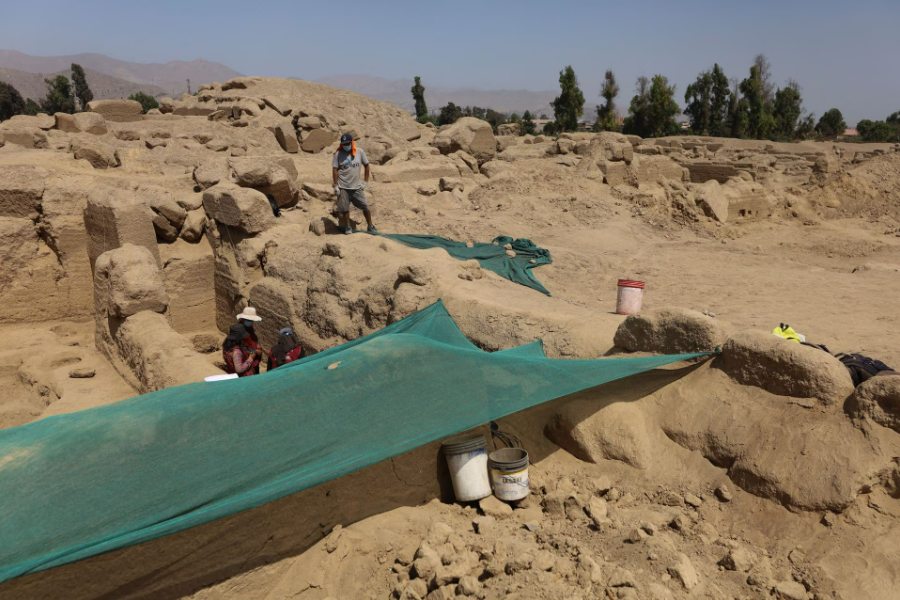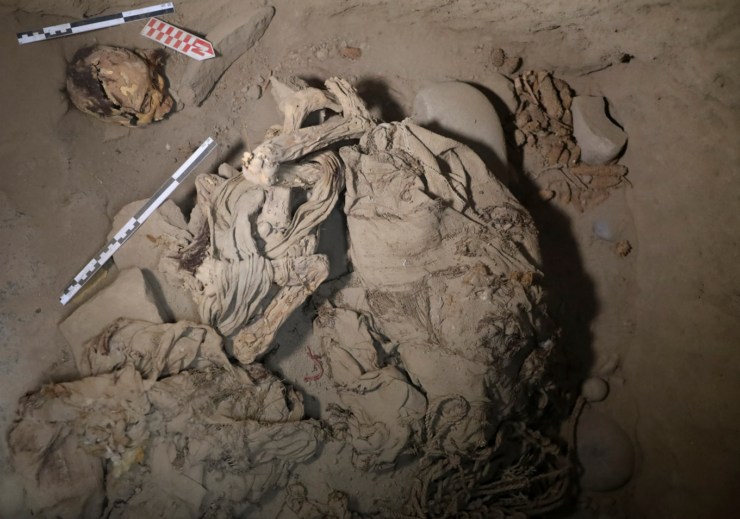In their latest discovery of pre-Inca times, Peruvian archaeologists have discovered a adolescent mummy in Peru that is more than 1,000 years old.
The adolescent mummy, which was discovered in an underground tomb wrapped in a burial bundle with ceramics and rope as well as fragments of skin and hair, was most likely a teenager.
Yomira Huaman, an archaeologist in charge of the Cajamarquilla research affiliated with the Universidad Nacional Mayor de San Marcos, said the mummified teenager was found in a good state of conservation.
Peru was home to a number of pre-Hispanic cultures that flourished in the decades before the Inca empire rose to power, mostly along the country’s central coast and in the Andes, despite being most known for the mountaintop Inca royal retreat of Machu Picchu.



The adolescent could have been a member of the Lima or Ichma cultures and lived between 1,100 and 1,200 years ago. Although the Ichma, the pre-Inca indigenous government, lived in a desert, they are known for their expertise in designing numerous irrigation canals up to where the river waters reach to give life to a vast orchard and forest. This allowed them to enjoy a high standard of living.
According to Huaman, referring to a different mummy found nearby the previous year, this youth is about 200 meters (220 yards) from where Cajamarquilla’s first mummy was found.
Reuters reported, the remains of eight children and twelve adults, who were ostensibly sacrificed between 800 and 1,200 years ago, were also discovered at the archaeological site.
Four pyramid ruins can be found in the vast Cajamarquilla complex, along with other buildings including maze-like walls. The complex is Peru’s second-largest mudbrick city after Chan Chan in the Andean nation’s northern region.
Huaman speculated that inhabitants of Cajamarquilla may have come from both the shore and the Andean highlands. The site, which was thought to be a booming commerce hub, was situated in a dusty area some 20 kilometers (12 miles) from Lima.
